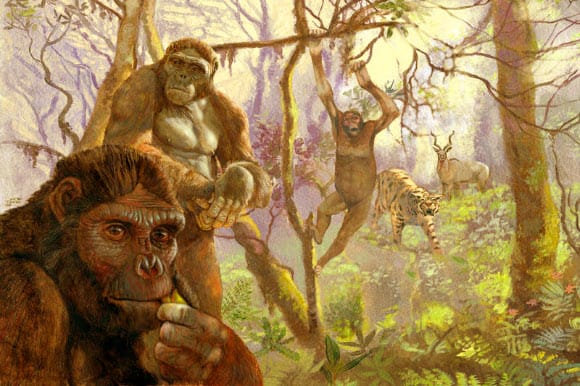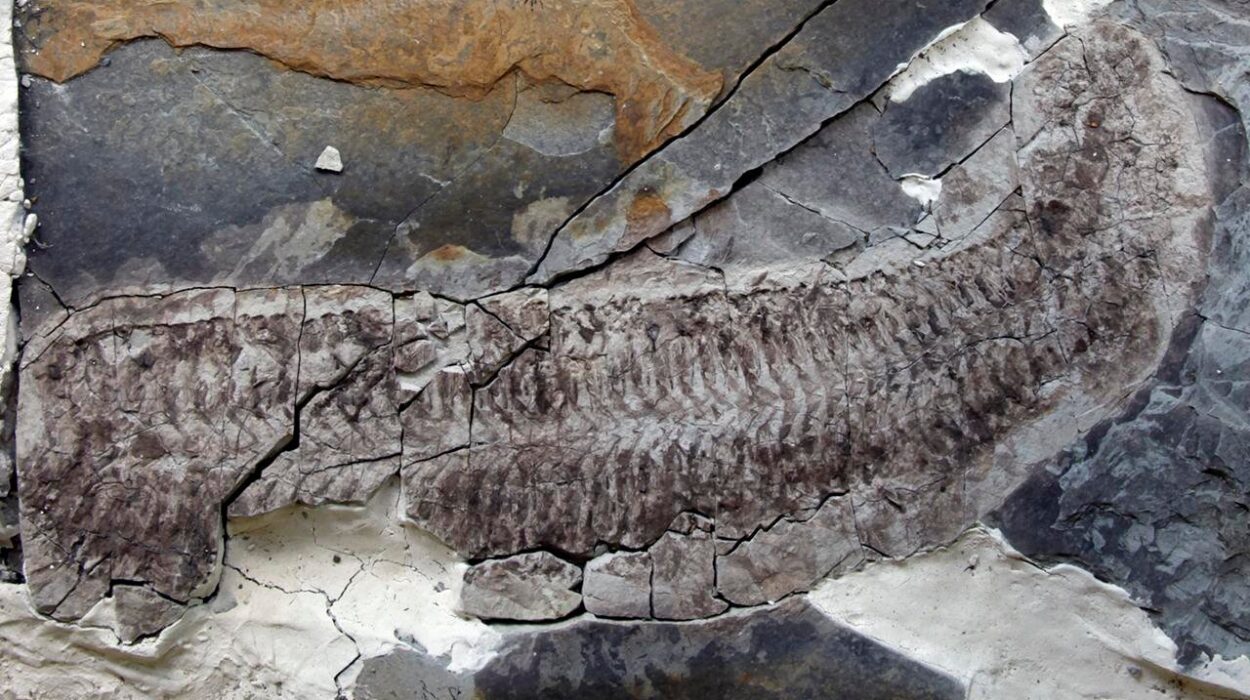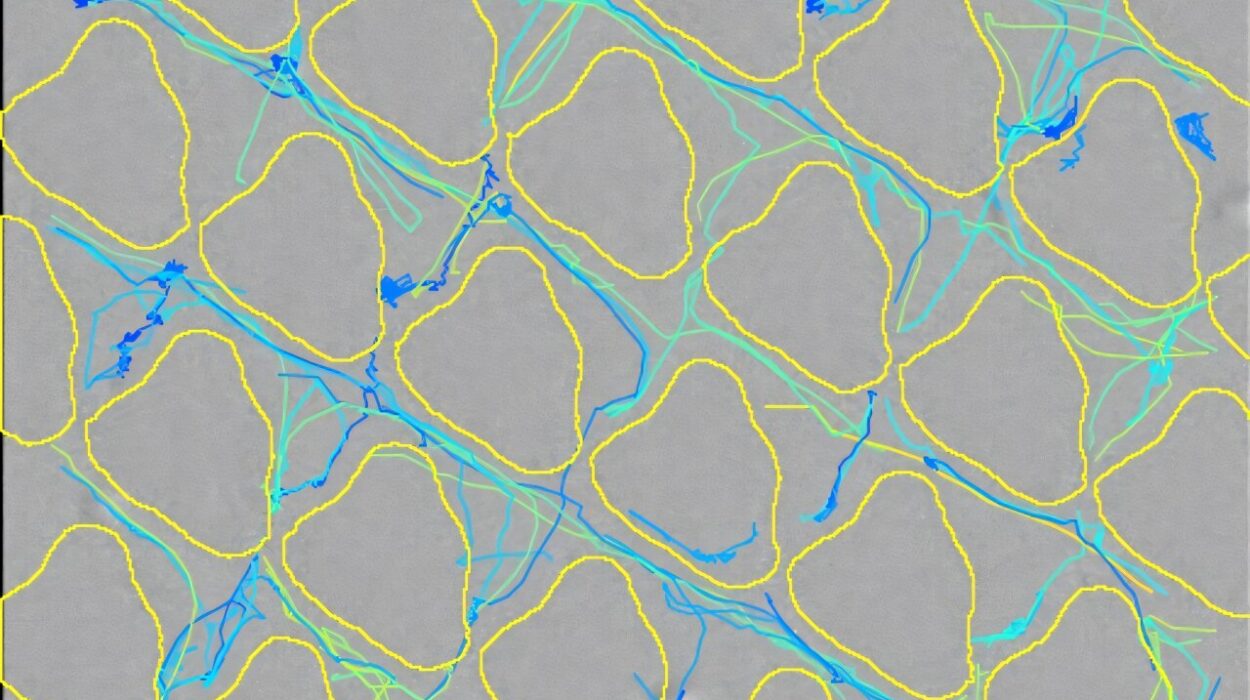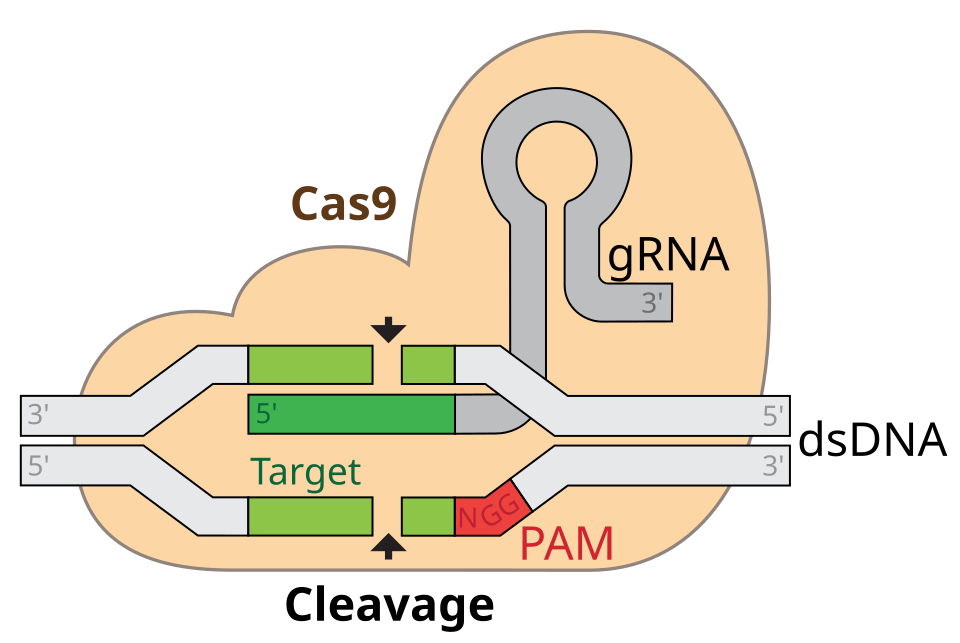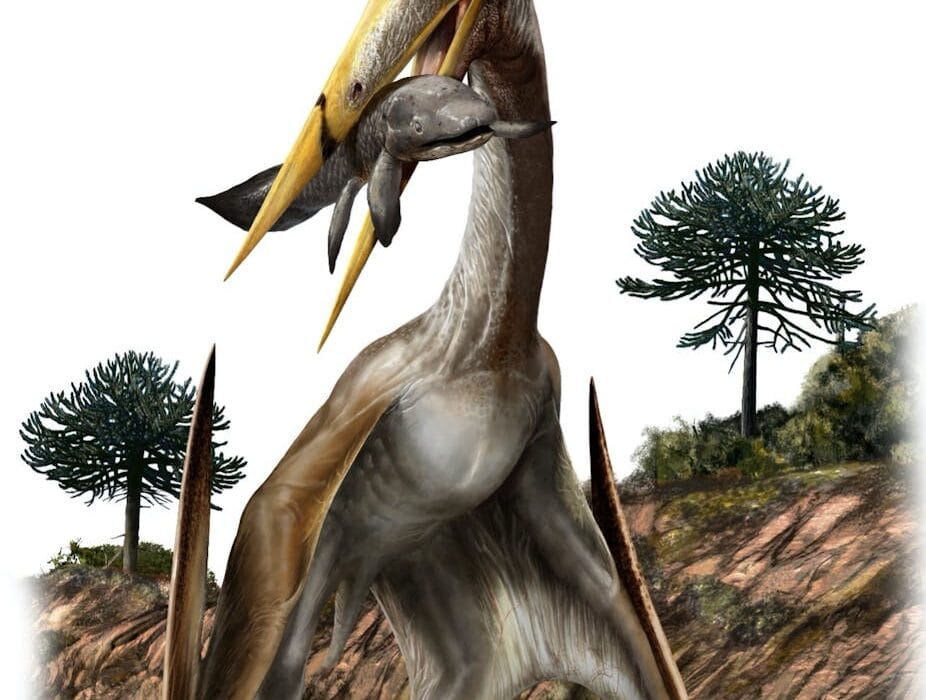The story of human evolution is a winding path etched across millions of years, spanning deserts and forests, rivers and savannahs. It is the story of a lineage that once walked on all fours but rose—literally and metaphorically—to become the most complex, creative, and curious species the Earth has ever known. And at the very heart of this extraordinary transformation is a single act so simple, so natural to us now, that we barely think about it. That act is walking upright on two legs—bipedalism.
To walk is human. But it wasn’t always so. Before we painted cave walls, built empires, or dreamed of stars, we stood up. And in standing, we began the long journey from ape to ancestor, from prey to predator, from wanderer to thinker. Bipedalism is not just a mode of movement. It was a revolution in the architecture of the body, a shift in energy, posture, and behavior that reshaped everything from our hips to our minds.
The emergence of bipedalism is one of the most important—and most debated—events in human evolution. Why did our ancestors stand up? What pressures in their environment pushed them to leave behind the safety of the trees? And once they did, how did walking on two legs change the trajectory of our evolution? These questions reveal a tale not only of survival, but of transformation. For to walk upright is to see differently, to act differently, and to live differently. Bipedalism didn’t just set us apart from our primate cousins—it set us on the path to becoming human.
In the Shadow of the Trees
To understand why walking on two legs was so revolutionary, we must first return to the world before it began. Around 7 to 10 million years ago, the ancestors of modern humans—our last common ancestors with chimpanzees—inhabited a lush, wooded environment in Africa. These early primates were arboreal creatures, adapted to life in the trees, where they could swing from branches, forage for fruit, and avoid ground-dwelling predators. Their long arms, grasping feet, and flexible spines were perfectly suited for this lifestyle.
Yet even within this forested Eden, change was brewing. Africa’s climate was becoming more variable. Rainfall patterns were shifting. Dense forests gave way to open woodlands, and in some regions, savannahs began to stretch toward the horizon. This new environment offered fewer trees, more exposed ground, and an entirely different set of challenges. For the primates who lived there, survival now required adaptation—not just in diet or behavior, but in the way they moved through the world.
It was in this context that some of our earliest hominin ancestors—the group that includes modern humans and our extinct relatives—began to experiment with upright walking. The fossil record shows tantalizing glimpses of this transition. Sahelanthropus tchadensis, a species from about 7 million years ago, had a skull whose foramen magnum—the hole through which the spinal cord exits the brain—was positioned in a way that suggests it held its head upright. This may be one of the earliest signs of bipedal posture.
Then came Orrorin tugenensis and Ardipithecus ramidus, both around 6 to 4.4 million years ago. These hominins show a mosaic of features—grasping big toes for climbing, but pelvises and femurs suggesting weight-bearing on two legs. They were likely still spending time in the trees, but they were also exploring the ground in a new way.
With Australopithecus afarensis, famously represented by the skeleton named “Lucy” (3.2 million years old), the picture becomes clearer. Lucy walked upright. Her pelvis, leg bones, and spine all show adaptations for bipedalism. Her footprints, preserved in volcanic ash at Laetoli in Tanzania, reveal a being who walked heel-to-toe in a fashion remarkably like our own. Bipedalism, by this point, was not an experiment. It was a commitment.
The Anatomy of a Revolution
Walking on two legs seems simple—until you try to build a skeleton that can do it well. The shift from quadrupedalism to bipedalism required a fundamental redesign of the body plan. It was not a single change, but a cascade of them, each influencing the others in a delicate dance of form and function.
The pelvis had to shorten and broaden, providing a stable platform for the trunk and reshaping the birth canal. The femur angled inward, bringing the knees under the center of gravity. The feet lost their grasping ability and developed arches for shock absorption and energy efficiency. The spine curved into an S-shape to balance the head over the hips. Even the foramen magnum moved forward, allowing the skull to sit directly atop the vertebral column.
These changes did not happen overnight. They occurred over millions of years, in fits and starts, and often in strange combinations. Some hominins, like Australopithecus africanus, walked upright but retained long arms and curved fingers for climbing. Others, like Paranthropus boisei, evolved powerful chewing muscles and massive jaws—traits not directly related to bipedalism but part of the same evolutionary experiment.
What’s clear is that bipedalism offered powerful advantages. It freed the hands for carrying food, tools, or infants. It allowed early hominins to see over tall grass, detect predators, and navigate open landscapes more efficiently. It conserved energy during long-distance travel, enabling our ancestors to follow migratory herds, explore new territories, and adapt to diverse environments.
Walking Into a New World
As hominins became more committed to bipedalism, their world expanded. They could now travel farther, explore more terrain, and colonize new habitats. This mobility would become one of the defining traits of the human lineage.
Around 2 million years ago, with the emergence of Homo erectus, bipedalism reached a new level. Homo erectus had longer legs, shorter arms, and a body built for endurance walking and even running. This species was the first to leave Africa, spreading into Asia and Europe. Their skeletal adaptations made them highly efficient travelers, capable of moving across vast distances in search of resources.
This increased mobility also brought new social and cognitive pressures. Moving across unfamiliar landscapes required planning, cooperation, and communication. Bipedalism may have played a role in fostering these behaviors. With the hands freed, gestures and tool use became more common. Over time, these may have evolved into complex language and culture.
There’s also a compelling theory that walking upright influenced our social dynamics. Bipedalism made it easier to carry infants, leading to stronger mother-child bonds and more cooperative parenting. It also made male provisioning—bringing food to mates and offspring—more feasible, possibly promoting pair bonding and more complex family structures. These social shifts laid the groundwork for the evolution of empathy, cooperation, and shared culture.
The Costs of Standing Tall
Despite its many advantages, bipedalism came at a cost—a steep one. Standing upright placed new stresses on the body, especially the spine, knees, and hips. Lower back pain, herniated discs, knee injuries, and varicose veins are all modern reminders of the imperfect engineering of our upright stance. Evolution works with what it has, and the bipedal human body remains a compromise.
Perhaps the greatest cost was the restructuring of the birth canal. A wider pelvis was needed for balance, but a narrower one made childbirth more difficult. At the same time, the human brain was growing larger. The result was a painful and dangerous birthing process, one that often required assistance and resulted in highly dependent, underdeveloped infants. This “obstetrical dilemma” shaped human parenting strategies and may have encouraged greater social cooperation.
Bipedalism also made hominins slower and less agile than many predators. It stripped them of claws and powerful upper limbs. For millions of years, our ancestors were vulnerable. Their survival depended not on brute strength but on wits, tools, and each other. In this way, bipedalism may have nudged human evolution toward intelligence and community.
The Brain Takes the Baton
While bipedalism began the transformation, it was the brain that carried it forward. Around 2.5 million years ago, the fossil record shows a marked increase in brain size, particularly in species like Homo habilis and Homo erectus. This trend continued through the evolution of Homo heidelbergensis, Homo neanderthalensis, and eventually Homo sapiens.
The relationship between bipedalism and brain growth is complex. Bipedalism likely did not directly cause our brains to enlarge, but it created the preconditions for it. It freed the hands for tool use, opened new foraging strategies, and demanded new social skills. Each of these pressures would have rewarded greater cognitive flexibility, memory, and innovation.
As brains grew, so did our ability to imagine, to remember, to teach, to tell stories. We invented clothing and fire, language and art. We began to ask questions not just about how to survive, but why we exist. In this sense, bipedalism was not merely a physical shift—it was a philosophical one. It lifted our eyes from the ground to the stars.
A Legacy Written in Footsteps
Today, every step we take echoes the steps of those who came before. The toddler learning to walk, the runner pounding the trail, the elder navigating a cane—all are living testaments to a decision made millions of years ago in the African grasslands. That decision—to rise, to balance, to walk—was not a single moment, but a long unfolding. Yet it marked the beginning of everything we now call human.
We live in skyscrapers, fly through the sky, and send probes beyond the solar system. Yet we do it all on legs that still carry the imprint of our ancient ancestors. The arches in our feet, the curve of our spine, the swing of our arms—they are fossils in motion.
Even in death, bipedalism leaves its mark. The alignment of the pelvis, the wear on the joints, the position of the foramen magnum—all allow paleoanthropologists to identify who walked like us. In graves across the millennia, the evidence remains: we are the species that walked away from the forest and into the world.
Looking Ahead, Walking Onward
Bipedalism is not just a chapter in our past—it shapes our future. As we design cities, machines, and technologies, we must always consider the bodies that inhabit them. Our upright stance influences how we build everything from chairs to shoes to virtual reality interfaces. Understanding the biomechanics and evolutionary history of bipedalism can lead to better medicine, better design, and a better quality of life.
It also grounds us in humility. We are not apart from nature, but part of a long evolutionary tapestry. Our upright walk connects us not just to Australopithecus and Homo erectus, but to the landscapes that shaped them—to the shifting savannahs, the encroaching deserts, the cooling forests.
In a world facing ecological and societal challenges, remembering our shared journey can inspire a deeper respect for life in all its forms. For though we walk upright, we are not above the Earth. We are of it.
And so we walk—sometimes with purpose, sometimes in wonder, always with the weight of history in our bones and the whisper of evolution in our stride. To walk on two legs is to carry the past with you, and to step into the unknown, one footfall at a time.
